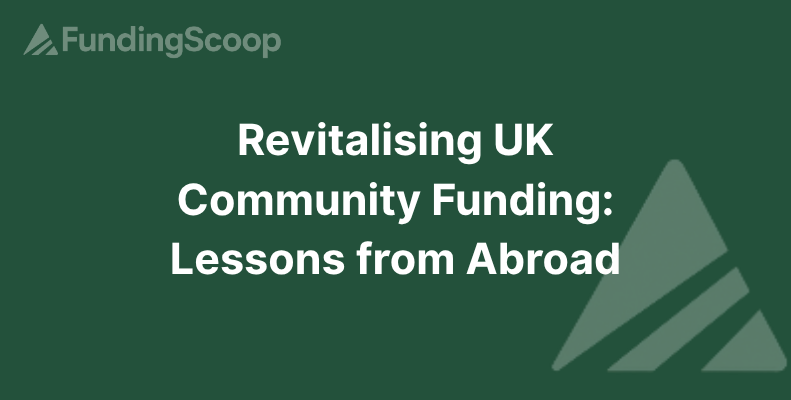
Revitalising UK Community Funding: Lessons from Abroad
Marcus Ashford
The UK's community funding landscape faces challenges and may benefit from adopting innovative strategies like those used by the United Way initiative, which has succeeded through community engagement and diversified fundraising. By emulating effective international models and embracing flexibility, UK fundraisers can enhance financial inflows and strengthen community bonds.
The UK's community funding landscape is ripe for innovation, particularly as the economic climate places increasing pressure on charitable donations. One interesting case to consider is the United Way initiative, which has shown remarkable resilience through active community engagement and diversified fundraising strategies. Could these insights be the catalyst for rejuvenating UK community funding efforts?
The Success of United Way
The United Way of Lamar County's campaign underscores the power of local involvement in driving fundraising efforts. Their success comes from a blend of traditional methods and innovative approaches, such as workplace donations and volunteer-driven events. This model not only enhances financial inflows but also fosters a deeper connection within the community.
UK's Challenges in Community Funding
Unlike the success stories abroad, the UK faces unique challenges, including regulatory hurdles and a sometimes fragmented approach to local fundraising. According to The National Lottery Community Fund, while significant funds have been raised, much more can be achieved through an integrated effort that mirrors more cohesive models seen elsewhere. As shared on UK Fundraising, the current approach often misses out on the extended reach possible through strategic collaboration and innovative fundraising models.
My Take
From my conversations with various fundraisers and community leaders, it's evident that the UK’s approach to community funding would greatly benefit from emulating key elements of the United Way model. By embracing flexibility and innovation in fundraising strategies, from digital tools to broader community involvement, the potential for increasing funds dramatically improves. This not only helps meet immediate community needs but also establishes a sustainable framework for future initiatives.
Conclusion
As we look towards the future, the combination of innovation and community engagement stands as a beacon of possibility for UK community funding. Implementing lessons from successful international campaigns could be the turning point needed to address the growing financial demands on community services across the UK. By leveraging these insights, UK fundraisers can not only meet financial targets but also reinforce community bonds.


